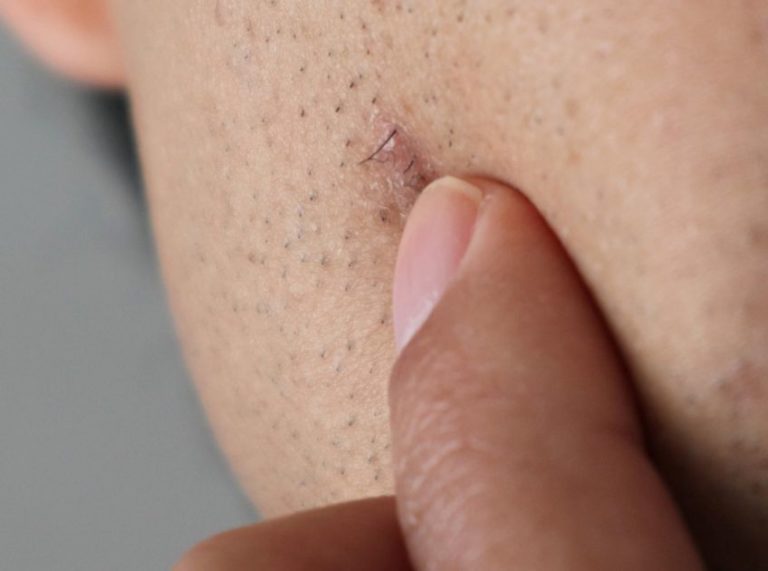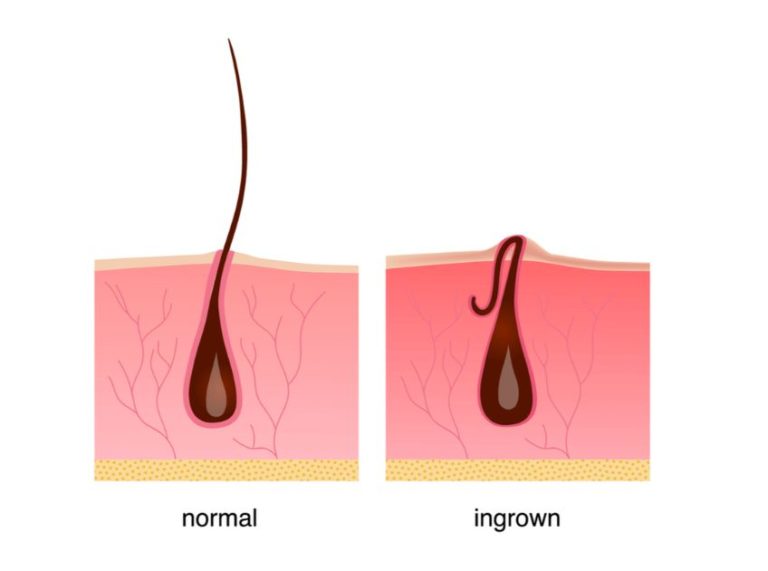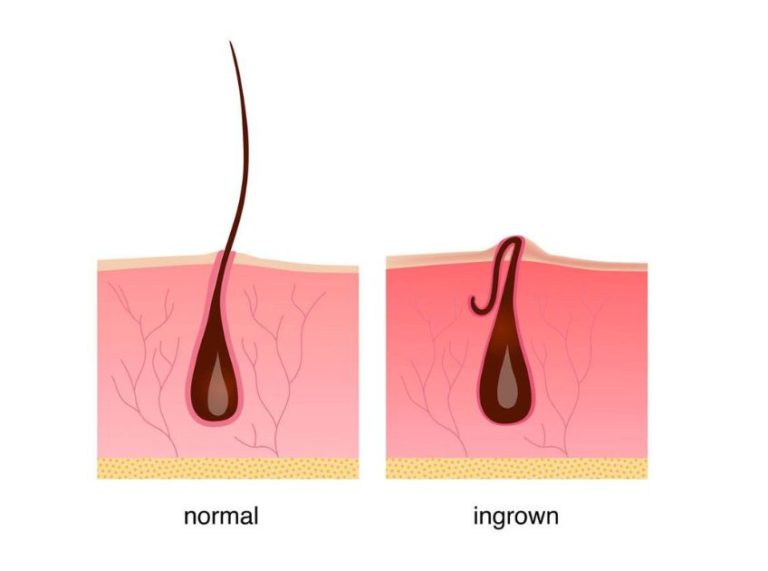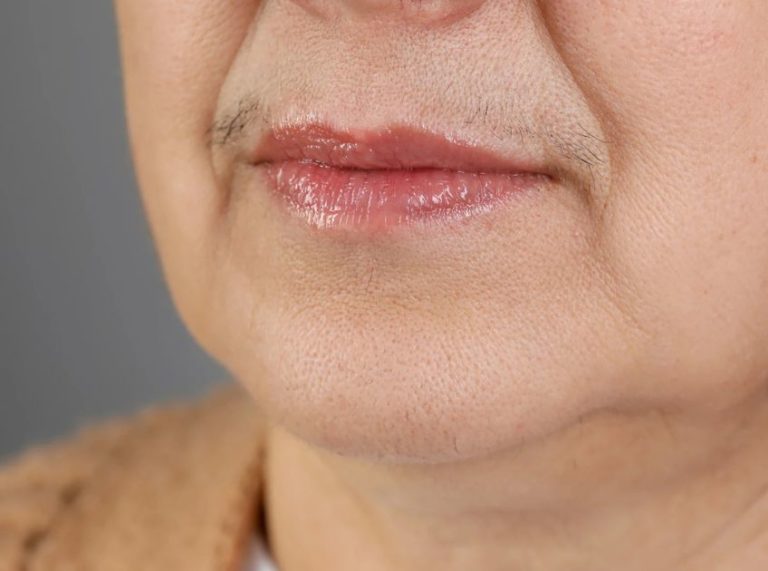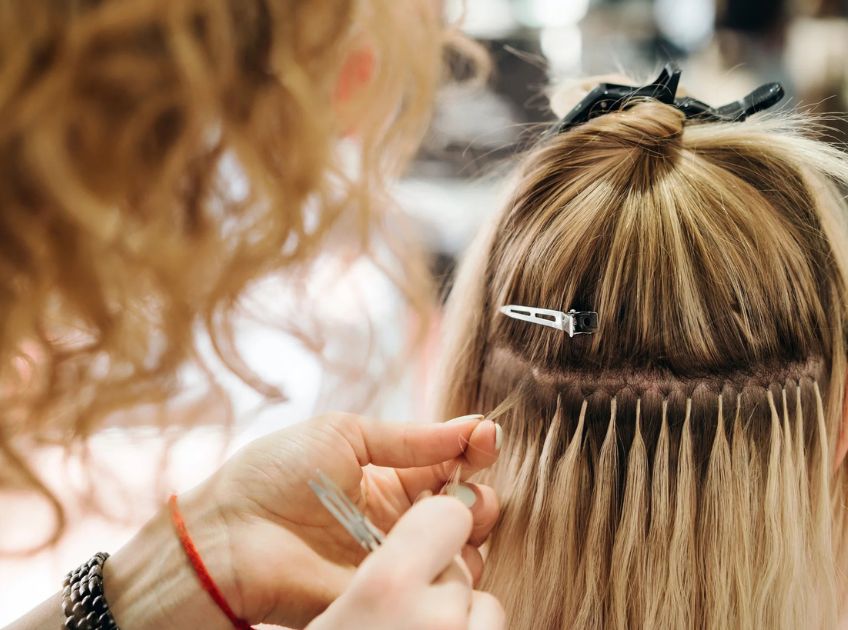
Important: This article is for informational purposes only. Please read our full disclaimer for more details.
Hair extensions are a quick way to add length and volume, but with so many options available, it can be hard to choose the right type. K-tip extensions, also known as keratin bond or fusion extensions, are a popular choice for their natural blend and long-lasting results. But are they right for you?
What Exactly Are K-Tip Extensions?
K-tip extensions are individual hair strands bonded to your natural hair using a keratin adhesive and a heat tool. The keratin tip is melted around small sections of your hair to create a secure bond. Because they are installed strand by strand, they offer a natural, seamless finish and can last several months with proper care.
The Pros of K-Tip Extensions
- Natural Appearance: K-tip extensions are bonded close to the roots in small, individual strands, which makes them virtually undetectable when installed properly. The keratin tips mimic the natural protein in your hair, allowing them to move and blend seamlessly.
- Long-Lasting Results: When maintained correctly, K-tip extensions can last anywhere from 3 to 6 months. This makes them one of the most durable semi-permanent extension options compared to tape-ins or clip-ins, which require more frequent adjustments.
- Customizable Volume and Length: Since each strand is applied individually, stylists can strategically place extensions where you need them most, whether that’s filling in thin areas, adding subtle volume, or achieving dramatic length.
- Versatile Styling: Unlike some extension methods, K-tips allow you to style your hair with heat tools, braids, ponytails, or curls without worrying about visible bonds. This makes them a great option for people who frequently change hairstyles.
- No Daily Removal: Unlike clip-in extensions that need to be removed every night, K-tip extensions are a low-maintenance option. Once installed, they stay in place 24/7 until your next appointment, saving you time in your daily routine.
- Natural Hair Protection: When installed correctly, K-tips distribute weight evenly across small sections of hair. This minimizes stress on the strands compared to heavier wefts or improperly applied clip-ins.
The Cons of K-Tip Extensions
- Time-Consuming Application: The installation process can take anywhere from 3 to 6 hours because each strand is applied individually. It’s a commitment that requires patience during the initial appointment.
- Heat-Based Bonding: The keratin bonds are melted with a heat tool to attach the extensions. While safe when done by a professional, improper application or excessive heat can weaken your natural hair over time.
- Higher Cost: Professional-quality K-tip extensions and installation can be pricey. Expect to invest in both the initial appointment and regular maintenance to keep them looking their best.
- Maintenance Required: You’ll need to schedule touch-ups every 6–8 weeks to prevent matting and ensure bonds are secure. Skipping maintenance can cause tangling and potential damage to your natural hair.
- Not Ideal for All Hair Types: For extremely fine or fragile hair, the weight of the keratin bonds may cause stress on the strands. In such cases, lighter methods like tape-ins or hand-tied wefts may be a safer option.
- Removal Must Be Professional: Unlike clip-ins, you can’t remove K-tips at home. They require a special solution and technique for safe removal, which means another trip to the salon and added cost.
Are K-Tip Extensions Safe for Your Hair?
When installed and removed by a professional, K-tip extensions are generally safe. The keratin adhesive is similar to what naturally occurs in your hair, which reduces the risk of damage. However, neglecting maintenance or pulling on the bonds can cause breakage, so gentle care is key.
How to Care for K-Tip Extensions
Proper maintenance is key to keeping your K-tip extensions looking natural and preventing damage to your hair. Here are expert care tips to follow:
- Keep Oils and Conditioners Away from the Bonds: Apply conditioner and hair oils only from the mid-lengths down to the ends. Using them too close to the keratin bonds can weaken the adhesive and cause slippage.
- Use a Sulfate-Free Hair Care Routine: Sulfates can strip the keratin adhesive and shorten the lifespan of your extensions. Switch to a gentle, sulfate-free shampoo and moisturizing conditioner designed for extensions.
- Brush Carefully and Frequently: Use a soft-bristle brush or an extension-safe loop brush to detangle your hair twice daily. Always hold your hair at the roots while brushing to avoid pulling on the bonds.
- Dry Hair Thoroughly: Avoid leaving your extensions wet for too long. After washing, gently pat your hair dry with a towel and use a blow dryer on a low-heat setting near the ends to prevent moisture buildup that can weaken the keratin.
- Avoid Excessive Heat Near the Bonds: While you can use styling tools, avoid applying direct heat to the bonds. High temperatures can melt or distort the keratin tips and reduce their hold.
- Sleep Protection: Before bed, loosely braid or tie your hair in a low ponytail to prevent tangling. Using a silk or satin pillowcase can also reduce friction and keep your extensions smooth.
- Schedule Regular Maintenance: Book a check-up every 6–8 weeks. Your stylist will reposition any loose bonds and ensure the extensions are not putting stress on your natural hair.
Frequently Asked Questions (FAQ’S)
1. How long do K-tip extensions last?
A. Typically, 3–6 months with proper care and regular maintenance appointments.
2. Can you reuse K-tip extensions?
A. Most K-tips are single-use because the keratin bond is melted during removal. Some stylists may re-tip and reuse them, but it depends on the hair quality.
3. Are K-tip extensions good for thin hair?
A. They can work for some types of thin hair, but if your hair is extremely fine or fragile, lighter options like tape-ins might be better.
Final Thoughts
K-tip extensions are a great option if you want long-lasting, natural-looking volume and length. They require a time and cost investment, along with proper maintenance, but the results can be transformative. If you’re ready for a semi-permanent solution and can commit to the upkeep, K-tip extensions may be worth it.

